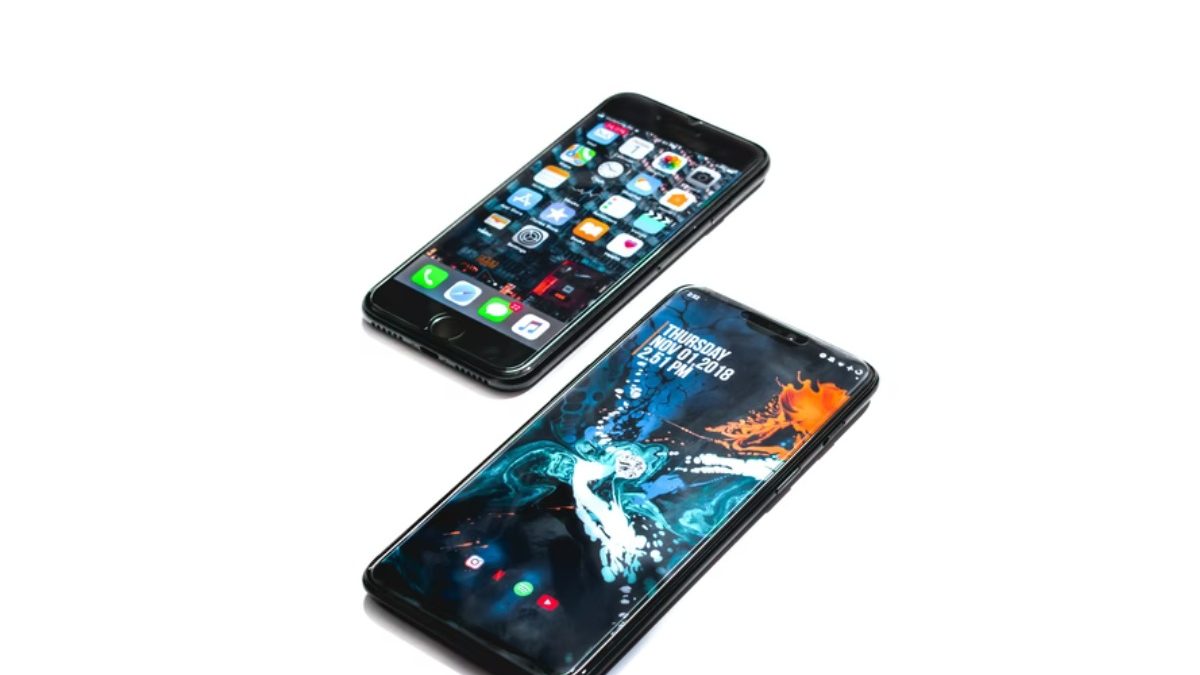How to Implement iOS vs Android Mobile Deep Linking? – Most businesses understand the importance of mobile marketing, but the challenge remains to get users to click on the links within your mobile marketing efforts to drive them back to your app or website. That’s where a little-known feature called deep-linking comes into play. Mobile deep linking is a feature supported by most mobile operating systems, including both iOS and Android devices. According to AppsFlyer, “[A mobile deep link is] a link that contains all the information needed to take a user directly into an app or a particular location within an app instead of just launching the app’s home page.
Table of Contents
What About Deep Linking in Android and IOS Apps?
If you have a mobile app and want your users to interact with it in meaningful ways, you’ll need an effective deep linking strategy. But what are some of those strategies? And how do they work? Deep linking generally refers to any interactive link that pushes a user from one app/site/platform into another. For example, clicking on a headline in an RSS feed will take you to that specific story within the RSS reader app.
The primary benefit of using deep links is it helps users find relevant content that they’re looking for quickly. It also reduces frustration since they won’t have to search through a full app interface when they only want access to a specific area. In addition, it makes updating or making changes in one section easier because you don’t need to update or fix every instance of your app across all devices.
Types of Deep Links
There are several types of deep links. They include a URI scheme, HTTP URL, Universal Links for iOS devices, and intent filters or app links for Android devices. The type you should use depends on your app’s specific features. Each deep link implementation has its strengths and weaknesses that could be a good fit depending on your specific app requirements.
The simplest way is by implementing a platform-specific deep link that takes an end-user directly from your mobile site or app (i.e., a push notification) into an appropriate function within your app. There are many differing opinions as to which platform is better for mobile marketing.
How to Implement iOS Mobile Deep Linking
In iOS, deep linking is a two-step process. You start by setting up your links in iTunes Connect, then implement your URLs with Universal Links and Branch. You can also offer promotions through App Store ads when users click on your app store deep links as a bonus. When they do, they’ll be taken directly to your app’s purchase screen in iTunes or sent over via push notification if they don’t have it already installed.
How to Implement Android Mobile Deep Linking
With iOS, you implement deep linking by using Universal Links. With Android, you can implement deep linking by adding a parameter to your links and passing in your parameters when creating a PendingIntent.
In-app deep linking helps users navigate your app more easily and is a great way to increase engagement. The process is pretty simple, but there are lots of different options out there that can make it difficult to decide which option is best for you.

